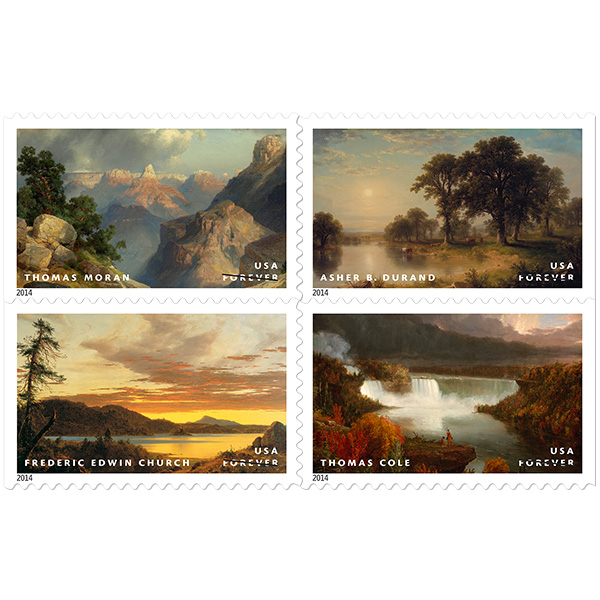The Peacemaker by Ernest Blumenschein
Continuing to feature Art of the American West, this painting by Ernest Blumenschein, 1913 depicts two warring chiefs with a symbolic peacemaker in the foreground. Did this painting symbolize the conflict in Europe? It was thought that the small child represented the uncertain future of both the Indian nations and the world at large.
 |
| Dover Publications, Inc. Minola, New York. 120 Great Paintings of the American West |
Mr. Blumenschein was a part of the Taos, New Mexico Society of Artists (see my previous blog, under "T," Ernest Blumenschein is the artist on the left in the photo. There are many, many references to him on the web and several books are available. The Taos artists as they painted the Native Americans, became involved in the Native's struggles to maintain their culture and independence.
To end this turbulent year, I thought this painting was appropriate. "Blessed are the Peacemakers. . . ."




















